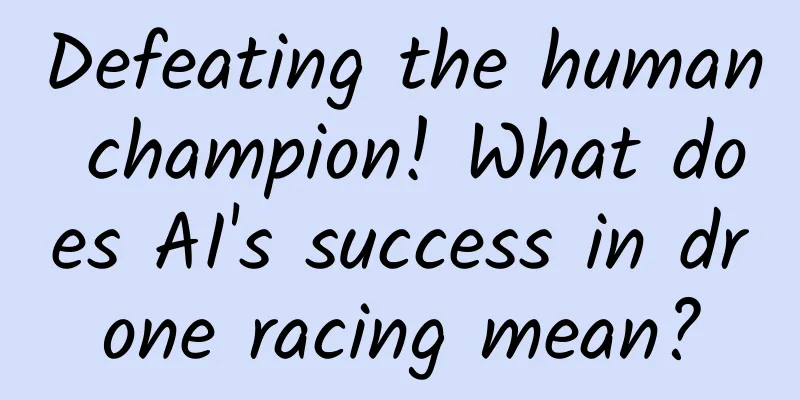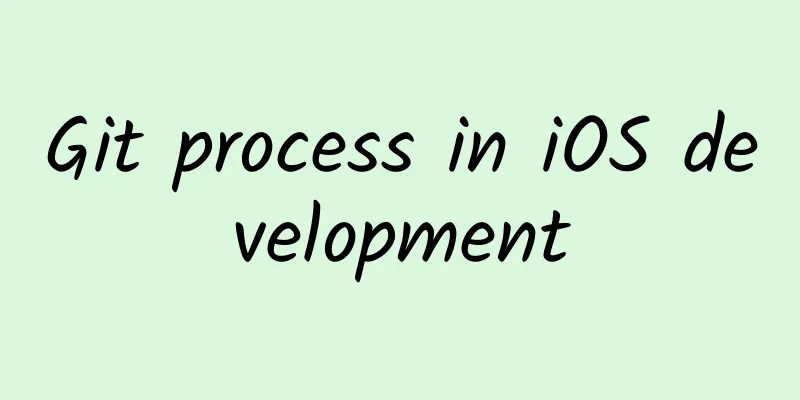Defeating the human champion! What does AI's success in drone racing mean?

|
For the first time, a drone successfully defeated a human opponent in a one-on-one championship match. Behind the drone was an artificial intelligence system called Swift. The cover of the journal Nature also published the related paper on the cover of the same issue. How does AI become a game master? In games like chess, StarCraft, Dota2 and GT racing, if you play against a computer, how do those computer virtual players complete a series of operations? Maybe you haven’t heard of the deep reinforcement learning (RL) system, but you must have heard of or come into contact with it. Maybe you haven’t heard of the deep reinforcement learning (RL) system, because these computer virtual players use this technology. In simulations and board game environments, AI can easily outperform humans, but in competitions in the physical world, AI's decision-making and operations face many difficulties. First-person perspective (FPV) drone racing is a competition in which professional players fly high-speed drones on a 3D track. The pilot can observe the environment from the drone's perspective through the images transmitted by the onboard camera, and complete operations such as acceleration, deceleration, and turning to allow the drone to pass through obstacles on the track. Swift (blue) and human (red) battle, seven square gates, each must pass through one by one, Image source: References It’s difficult for autonomous drones to fly at the level of professional pilots because the robots need to fly within their physical limitations while only being able to estimate their speed and position based on onboard sensors. Traditional drone racing methods include trajectory planning and model predictive control (MPC), but this method can only be implemented under ideal conditions. Once any interference occurs, the entire system will collapse. Image source: piqsels The Swift system overcomes this difficulty. The Swift system consists of two key modules: The first is the perception system, which converts high-dimensional vision (i.e., spatial stereoscopic vision) and inertial information into low-dimensional codes; The second is the control system, which ingests the low-dimensional code generated by the perception system and generates control commands. Combining these two systems can make real-time decision adjustments based on subtle changes in the physical environment. Of course, advanced perception and control systems are not enough to compete against human champion drivers. How is the Swift system better than humans? The Swift system has certain structural advantages over human drivers. Swift system, Image source: References First, it can utilize inertial data from an onboard inertial measurement unit. This is similar to the human vestibular system, which human pilots cannot use during racing because they are not actually in the aircraft and cannot feel the accelerations acting on it. Second, the Swift system benefits from lower sensorimotor latency (40 milliseconds for Swift, compared to an average of 220 milliseconds for human experts). FPV competitions use quadcopters, which are among the most agile machines ever made. In competitions, aircraft will exert forces five times or more of their own weight, and even in a limited space, speeds can exceed 100 km/h, and acceleration is several times that of gravity. Therefore, lower latency helps make the aircraft more agile. In the actual competition process, human pilots practiced on the track for a week. After that, drones controlled by Swift and humans needed to pass through each gate in the correct order on the field track. Swift won all the head-to-head competitions with three human champions and even set a record for the fastest completion of the race. Image source: piqsels After AI-controlled drones defeated humans, autonomous mobile robots still have a lot of room for improvement. For example, when a human is controlling a drone, even if a collision occurs, as long as the hardware is still working properly, the human can still control the drone to continue flying and complete the track, but Swift has not received training in post-collision recovery. Even with many limitations, this research achievement has become a milestone in mobile robotics and machine intelligence, which will help the rapid development of autonomous ground vehicles, aerial vehicles and personal robots. References Original paper: Kaufmann, E., Bauersfeld, L., Loquercio, A. et al. Champion-level drone racing using deep reinforcement learning. Nature 620, 982–987 (2023). https://doi.org/10.1038/s41586-023-06419-4 Planning and production Source: Voice of the Science and Technology Association Author: SamKakeru Popular Science Writer Editor: Yang Yaping and Jin Yufen |
<<: The dishwashing tool we used as children can also power LEDs? | Expo Daily
Recommend
As the tenth anniversary approaches, should the new iPhone be conservative or radical?
Tim Cook previously stated that the iPhone 7 seri...
How to deal with the H1N1 flu outbreak? Is it too late to get vaccinated now?
Although everyone has made some preparations to d...
For promotion on Xiaohongshu, just read this article.
This article will try to answer your questions: 1...
Yoo Video Product Analysis: How does Yoo Video compare to Tik Tok?
In the short video war, Douyin and Kuaishou took ...
H1N1 and Norovirus also have "COVID-19 sequelae"? Will it become more terrible?
The influenza A and norovirus viruses that have r...
Small grains leverage big industries: New research can achieve fully mechanized hybrid rice breeding
The public is familiar with hybrid rice, but few ...
How to bid Baidu CPC/oCPC? Big Search Delivery Guide
There are two ways to bid for big searches now: t...
A new way to play Douyin information flow ads, one-click direct access to the landing page!
From immersive viewing scenarios to capture users...
Can a single machine host more than 100,000 projects? Curious, come and learn about the hardware platform of this Git repository
If you want to host your project, consider GitLab...
Amber: Amber that sinks into the earth is the spirit that freezes time.
The protagonist of this issue is an organic miner...
Zhijiang SEO Training: How to quickly get your domain name included?
As an SEO optimizer, you may have encountered the...
Do you believe that Android users can use Apple Maps?
Since its launch, Apple Maps has been criticized ...
The first product manager in the film industry was Guo Jingming
Godard, the master of the French New Wave, might ...
8 pitfalls I encountered during the kol operation process, and shared some practical skills!
Key Opinion Leader ( KOL ) is a concept in market...
The bus driver who fell into the lake in Guizhou had posted a singing video. He had posted a singing video 2 days before the incident. His former colleagues said he was a very good person!
Recently, a bus fell into a lake in Guizhou. Neti...









